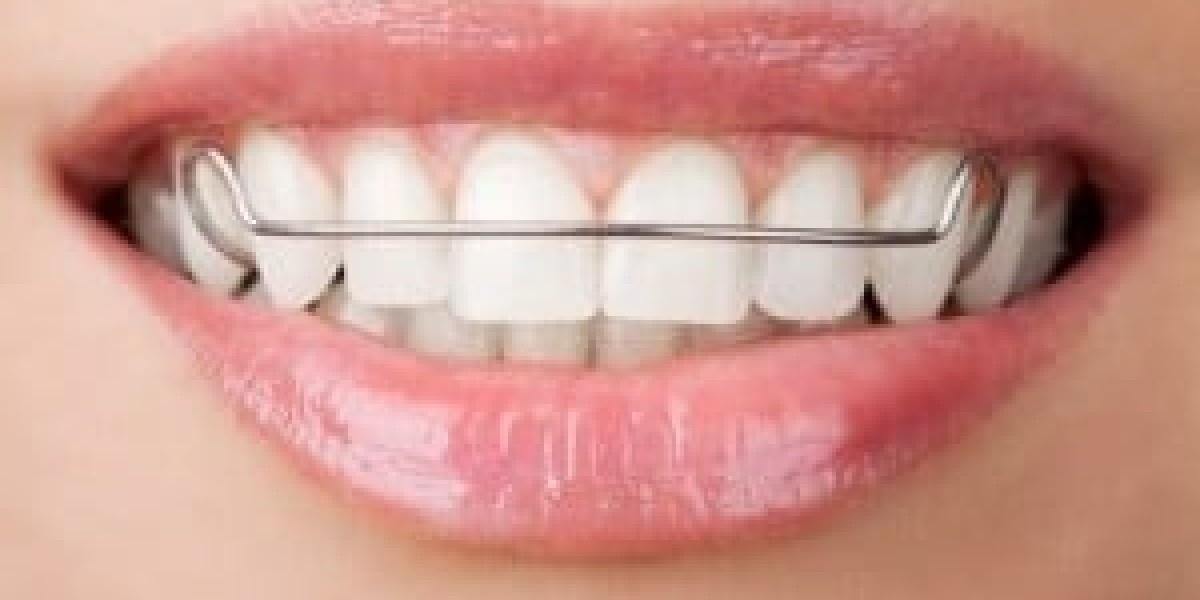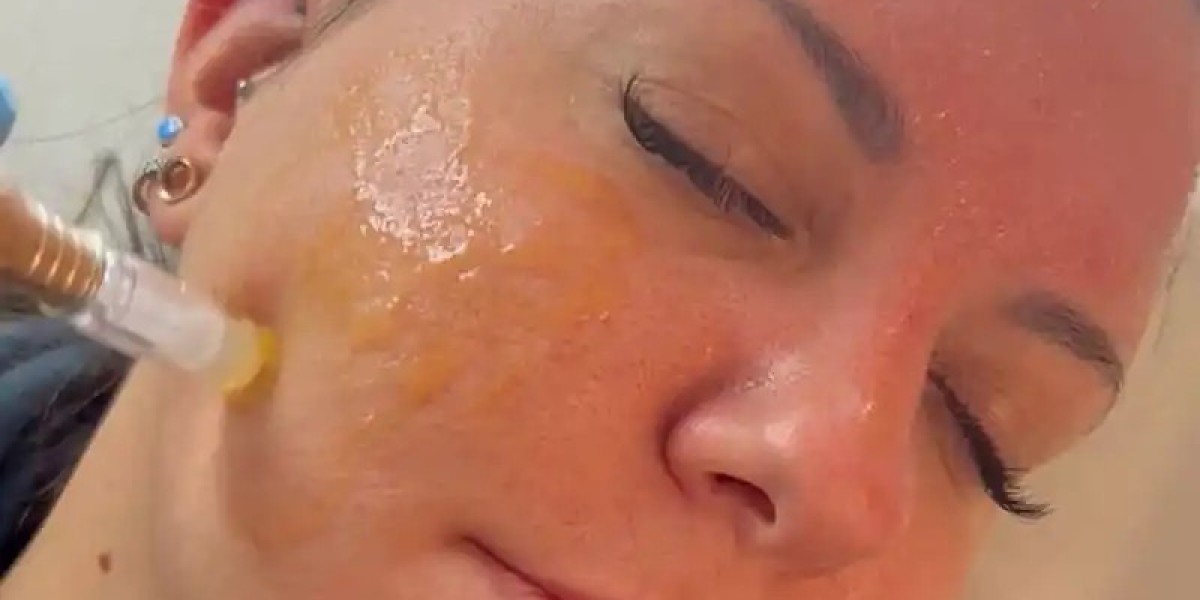How often should you visit your dentist for retainer checkups? This question is essential for anyone who has recently completed orthodontic treatment. While retainers help maintain your teeth's alignment, regular dental checkups are crucial to ensure your retainer is functioning correctly and your teeth stay in place. Neglecting routine visits can lead to subtle tooth shifts, retainer wear, or even damage that may go unnoticed until problems worsen. A proactive schedule of Dental Retainers in Dubai checkups can prevent future orthodontic issues and ensure your investment in a straight smile lasts a lifetime.
The Importance of Retainer Checkups:
Retainers play a vital role in holding your teeth in their corrected positions after braces or clear aligners. However, retainers—just like your teeth and gums—require monitoring. Over time, your retainer may become loose, cracked, warped, or ineffective if not assessed regularly by a dental professional.
Why retainer checkups matter:
Ensures the retainer still fits properly
Detects early signs of tooth movement
Identifies damage or wear in the retainer material
Prevents minor issues from becoming major orthodontic problems
Allows your dentist to adjust or replace your retainer if needed
These visits are also a chance to evaluate your overall oral hygiene, especially since retainers can trap plaque and bacteria if not cleaned properly.
Recommended Frequency for Retainer Checkups:
So, how often should you visit your dentist for retainer checkups? The general guideline is to schedule visits every 6 to 12 months after completing orthodontic treatment. However, the exact frequency can depend on how long you've had your retainer and whether you’re wearing it full-time or just at night.
Suggested visit schedule:
First year after treatment: Every 6 months
Second to third year: Once per year
Beyond three years: As recommended by your dentist, usually every 12 to 18 months
Anytime you feel discomfort or notice shifting: Immediately, regardless of schedule
Frequent checkups in the first year are especially important, as this is when your teeth are most prone to relapse and the retainer must be checked for optimal performance.
Signs You May Need a Retainer Checkup Sooner:
While annual or biannual checkups are standard, there are times when an earlier visit is necessary. Paying attention to signs of issues can save you from more extensive and expensive treatments down the road.
Visit your dentist sooner if you notice:
Your retainer feels tighter or looser than usual
Cracks, chips, or warping in the plastic or wires
Pressure or pain when inserting the retainer
Gaps forming between teeth or shifting positions
Difficulty speaking, chewing, or wearing the retainer comfortably
These symptoms may indicate that your retainer no longer fits properly and that adjustments or a replacement are needed.
How Dentists Evaluate Your Retainer?
During a retainer checkup, your dentist or orthodontist will perform a detailed evaluation of both your appliance and your teeth. This ensures not just proper fit, but also long-term dental stability.
A typical retainer checkup includes:
Physical inspection of the retainer for wear or damage
Fit test to ensure proper alignment of teeth
Assessment of oral hygiene in areas around the retainer
Bite evaluation to detect any changes in occlusion
Recommendations for retainer replacement or adjustment if needed
Sometimes, your provider may take updated impressions to create a new retainer that reflects any subtle changes in your mouth's structure.
Long-Term Care and Communication:
Establishing a long-term relationship with your dentist ensures that your Dental Retainers Treatment continues to serve its purpose well beyond the first few years of wear. Many people assume retainers are a one-time fit-and-forget appliance, but ongoing oversight helps maintain results.
Tips for long-term success with retainer checkups:
Mark your calendar with annual reminder dates
Bring your retainer to every dental appointment
Clean your retainer regularly to avoid buildup
Be honest with your dentist about usage habits
Follow recommendations for adjustments or replacements
Remember, wearing your retainer consistently and seeing your dentist regularly is the best way to protect your smile from relapse and other complications.
How often should you visit your dentist for retainer checkups? Ideally every 6 to 12 months, especially in the first few years after treatment. These visits help ensure your retainer continues to do its job and that your smile remains aligned, healthy, and well-maintained. If you’ve skipped a checkup recently or can’t remember your last one, now’s the perfect time to schedule it.








